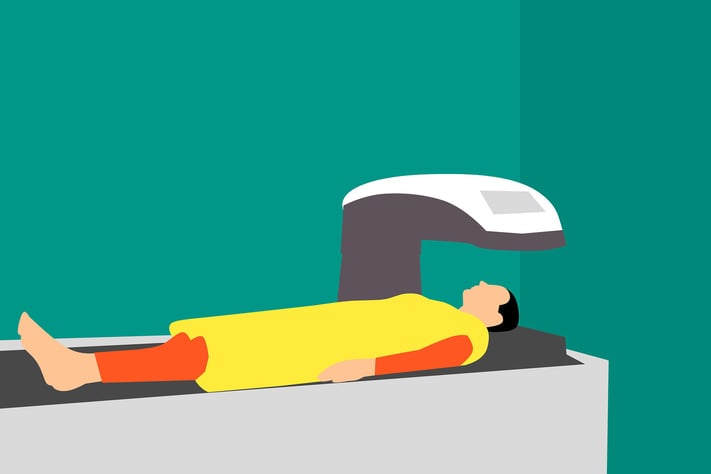
Limitations in existing healthcare interoperability present a significant barrier to next-gen computing solutions such as Machine Learning (ML) and Artificial Intelligence (AI). New workflow standards aimed at addressing the integration of AI/ML actors to clinicians in delivering better patient care.
One of the main limitations of standards is streamlining access to data from electronic medical record (EMR) applications. There is a growing need for a holistic view of patient data, and the inclusion of the allied healthcare services such as radiology will play a crucial role in building a 360° patient view. This will help healthcare professionals take accurate and informed decision on patient care, and bridge the gap between fragmented and siloed information that is currently limiting hospitals and healthcare systems from gaining insights to drive better health outcomes.
To seek better exchange of health data among providers and patients, the Health and Human Services (HHS) published final rules that put patients first and bring one step closer to achieving Interoperability. The ONC’s (Office of the National Coordinator for Health Information Technology) rule aims to standardize API via HL7 Fast Healthcare Interoperability Resources (FHIR®) R4, a latest version of the FHIR standard, and making its use mandatory under this rule.
As per ONC’s final rule, United States Core Data for Interoperability (USCDI v1) will be adopted as a standardized set of health data classes and component data elements for nationwide interoperability. USCDI is defined at the level of data classes such as clinical notes, medications, procedures, laboratory, etc. These can be mapped with the specific procedure performed and integrated for access of the clinical information to help make an informed decision. Image analytics can also help in defining the relevant clinical parameters needed for decision making and play an important role in building precision medicine workflows.
FHIR based APIs can enable hospitals to implement clinical decision support systems and can be used to integrate information previously separated across different platforms and offer a clinically relevant and patient-centered workflow.
Another standard which is gaining widespread adoption is DICOMweb, which enables web-based access to medical imaging data. Similar to HL7 FHIR, it is built on RESTful services and creates parity from a technology enablement viewpoint to integrating the EMR clinical data with radiology images. DICOMweb also supports the creation of a patient-centric workflow unlike the present radiology centric approach, which will lead to better clinical outcomes.
Patient context-level integration of the Picture Archive and Communication System (PACS) and EMR is shaping to be one of the core components required in the radiology environment. This can substantially reduce the time required for radiologists to access clinical data in the EMR and help increase efficiency. Additional clinical data present during radiological interpretation can contribute to accurate diagnosis. Integration takes place as per HIPAA’s security and privacy standards with OAuth and is aligned with recent regulatory guidance issued by ONC and CMS.
Considering the new regulation, CitiusTech has solutioned the viewer-EMR integration. The key takeaway would be integrating the existing siloed systems and make the data available for informed decision by a radiologist.
Watch this webinar on demand that explores new trends in medical imaging and the role played by emerging interoperability standards such as FHIR and IHE in cloud adoption and operationalizing AI and ML at scale. Gain valuable insights from Chris Lindop (Healthcare Systems and Interoperability Leader) and Shujah Dasgupta (Assistant Vice President – Medical Technology Market, CitiusTech) on the impact of new standards and CMS’ interoperability rule on enabling next generation of imaging workflows.
This article was co-authored by Pankaj Singh, Healthcare Consultant – Medical Technology Market, CitiusTech.


